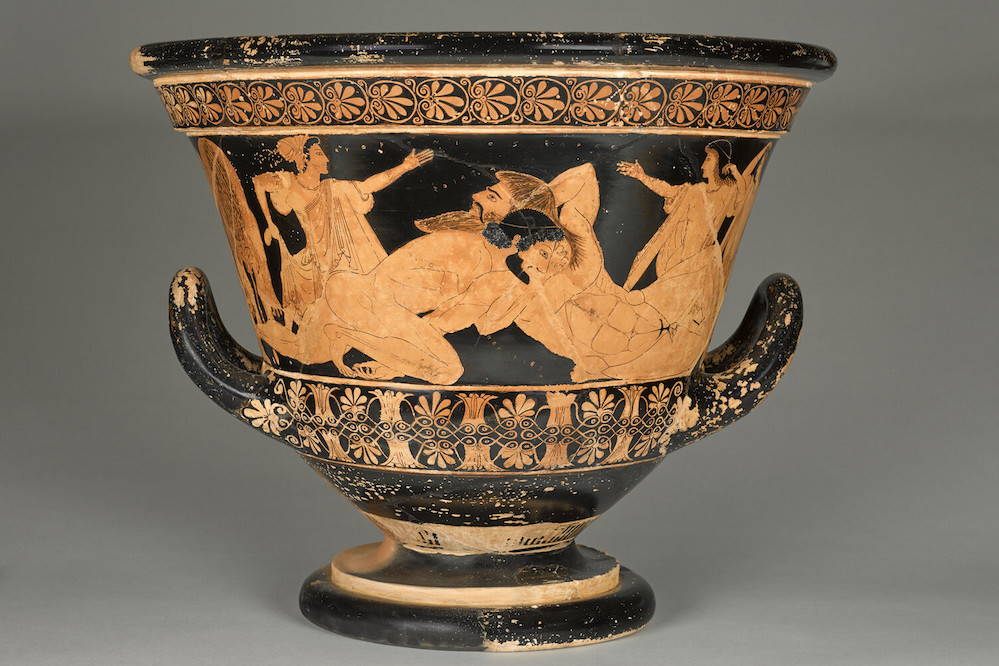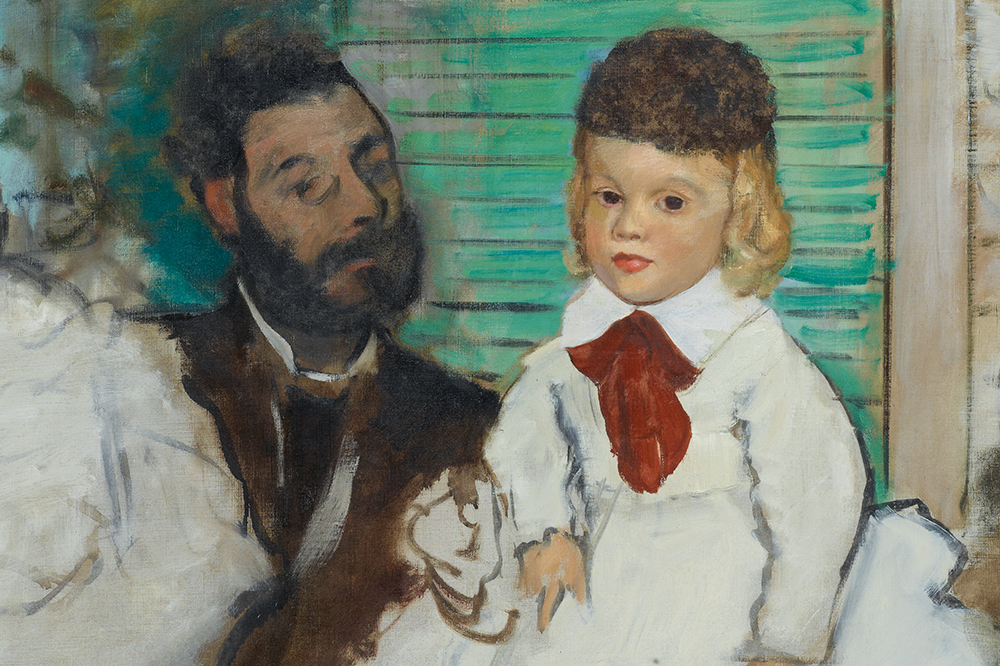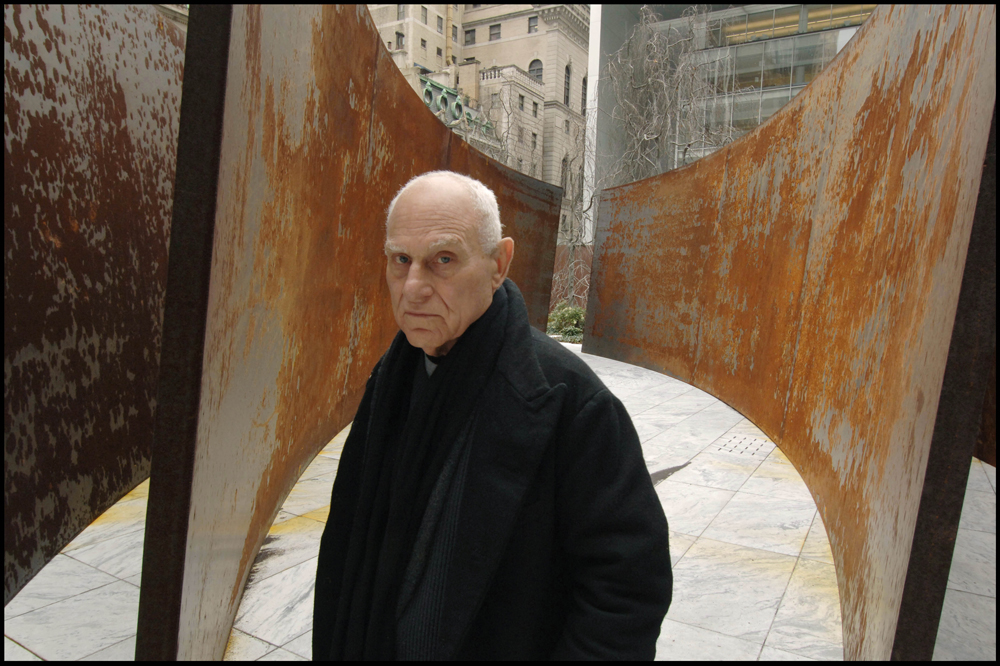Isis has destroyed the temple of Baalshamin in Palmyra, according to Syria’s head of antiquities, Maamoun Abdulkarim. He reportedly told AFP on Sunday that militants ‘placed a large quantity of explosives in the temple of Baalshamin today and then blew it up causing much damage to the temple’ – although the Syrian Observatory for Human Rights, a British-based organisation also reliant on local sources, has claimed it was destroyed a month ago.
The temple dates from the 1st century AD and is dedicated to the Phoenician god of the heavens, Baalshamin. It’s one of several extraordinary ruins at the historic trading post that have survived since antiquity. Isis took over the site in May, having already destroyed major heritage sites in Iraq, including the Palace of Ashurnasirpal II at Nimrud, also with the use of explosives. Reports that the militants had mined the site followed, along with news that they had destroyed the historic tombs of two Islamic figures, and a 2000-year-old statue of a lion outside the town’s museum. Last week, they executed Palmyra’s retired head of antiquities, Khaled al-Asaad, and strung the octogenarian’s body from one of the site’s ancient pillars.
Palmyra’s significance to Syrian and world culture is enormous. If reports of the temple’s destruction are true, it represents one of the most significant of Isis’s many acts of cultural vandalism to date. The group’s recent iconoclasm hasn’t been confined to antiquities: on Friday it was reported that militants had used bulldozers to raze a Catholic monastery to the ground in Al-Qaryatain in the Homs province.
The majority of Palmyra’s removable treasures are, thankfully, no longer onsite. Many are housed in the world’s great museums; others have been moved to safety in recent months by Syrian archaeologists and volunteers. Last week, Palmyra’s retired chief of antiquities, Khaled al-Asaad, was executed for protecting their whereabouts. There is very little anyone can do to prevent Isis destroying what they find at Palmyra, but thanks to the efforts of al-Asaad and people like him, the site’s legacy lives on in collections and depots around the world.
In June we spoke to Julian Raby, director of the Smithsonian’s Freer and Sackler galleries, about how museums could contribute to the global effort to safeguard cultural heritage. In light of this week’s news, that work is now more important than ever.
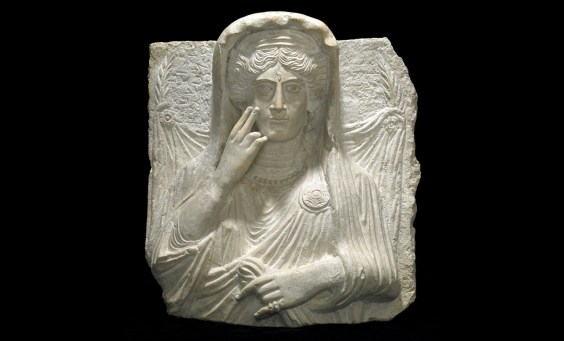
Museums must work together to combat cultural destruction. Click on the image to read our interview with Julian Raby.
Unlimited access from just $16 every 3 months
Subscribe to get unlimited and exclusive access to the top art stories, interviews and exhibition reviews.


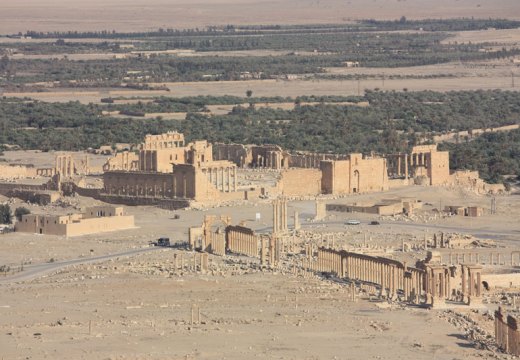
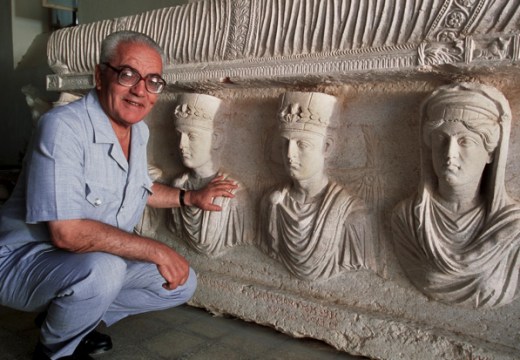
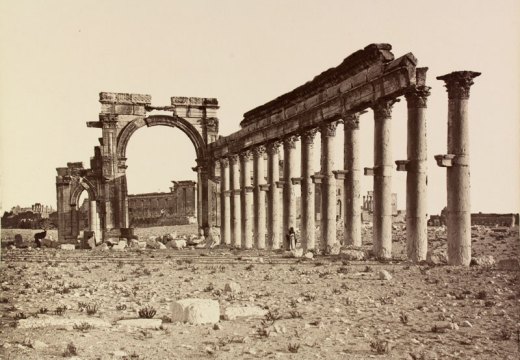









![Masterpiece [Re]discovery 2022. Photo: Ben Fisher Photography, courtesy of Masterpiece London](http://www.apollo-magazine.com/wp-content/uploads/2022/07/MPL2022_4263.jpg)



